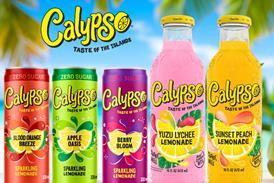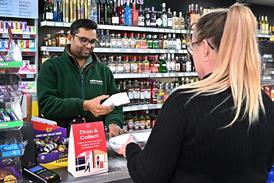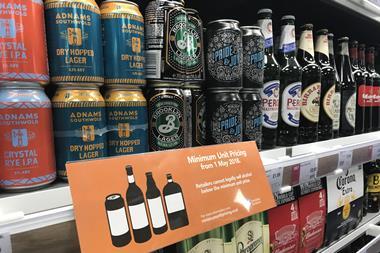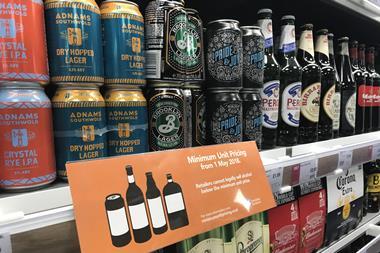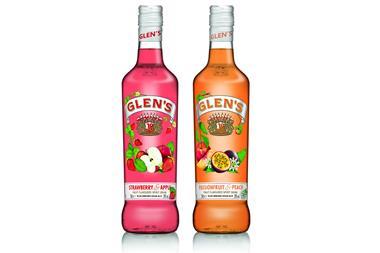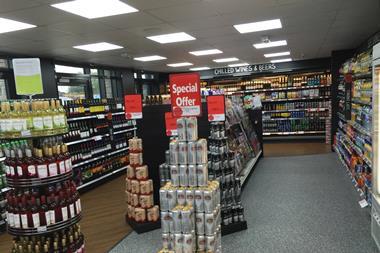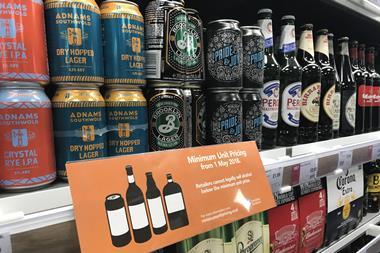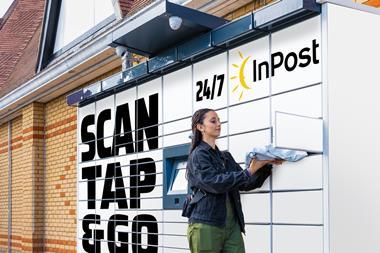MUP boosts alcohol sales for Scottish stores, study says

Scottish retailers have benefited from an increase in alcohol sales since the introduction of Minimum Unit Pricing (MUP) on 1 May, according to new research from The Retail Data Partnership.
The warm weather and the World Cup also contributed to the increase in sales
ALREADY HAVE A REGISTERED USER ACCOUNT? PLEASE LOG IN HERE
To read the full story join the ConvenienceStore.co.uk community today!
Registration is quick and easy and provides access to:
- Unlimited ConvenienceStore.co.uk articles
- Our great range of newsletters
- Content you’ve saved for later via the ‘my library’ feature
And much more…









